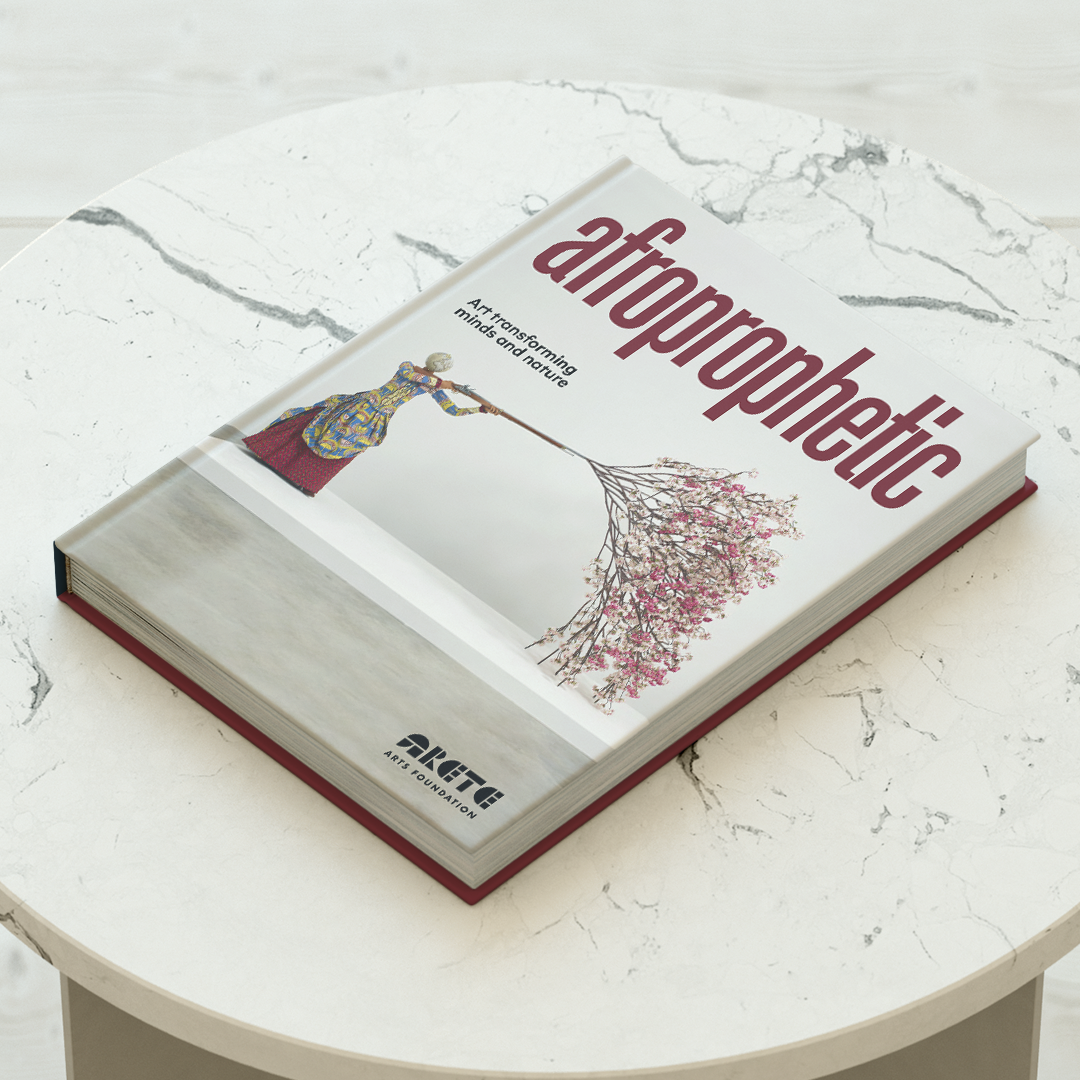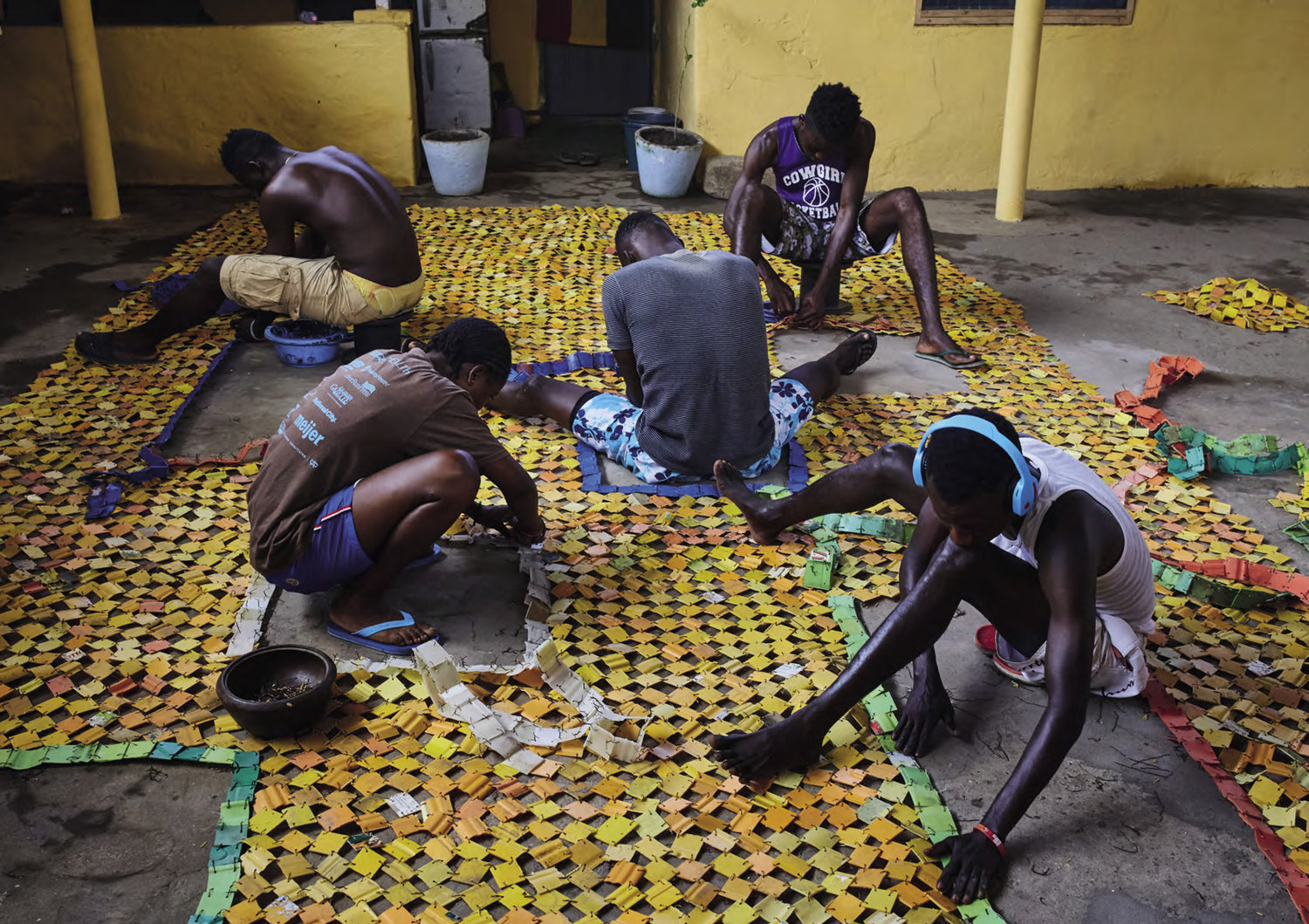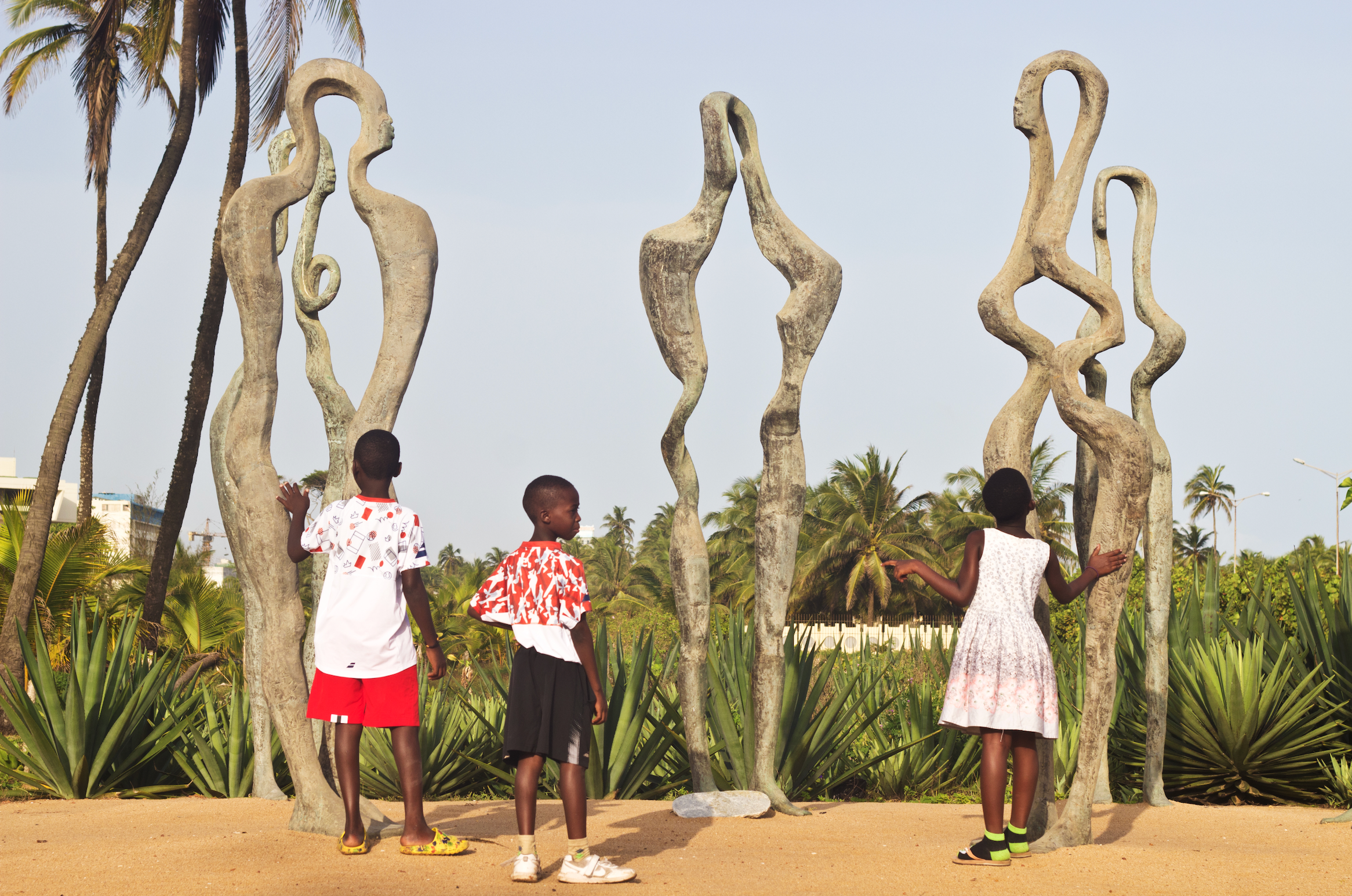The ways in which African contemporary art is showcased to local and global audiences have increased dramatically in recent years. Within Africa, there has been renewed growth in the public sector, with improved funding and resources for arts institutions and educational establishments, revived patronage from external and internal sources (public and private), and an increase in biennales as well as non-commercial art spaces providing workshops, facilities and pop-up exhibitions across the continent. The commercial sector has benefited from the birth of art fairs, commercial galleries and an exciting new generation of art collectors and philanthropists. Each of these platforms provides opportunities for artists to engage with issues that affect humanity on a local and global scale.
The tightly curated selection of artists that feature in this book were chosen because they use materials and methods that illuminate a common theme – ecological sustainability. They directly or indirectly draw connections between our material, cultural and spiritual reliance on the natural world and humanity’s consumption and exploitation of its finite resources. Africa’s biodiverse landscapes – from savannah, to desert, forest, river and ocean – provide rich inspiration, but equally, the pressure to progress in a global economy shaped by colonial legacies has resulted in a transformation that has been driven by the need for land, fuel and minerals. To make sense of these ever evolving realities, and to help prophesise an unknown future (perhaps dystopian, perhaps enlightened), we look to artists who can provide another perspective – or even multiple perspectives. All of the artists in this book are well known beyond their African roots, their works speaking beyond the confines of national borders and cultures.
The selection includes artists who work in Africa, or between their native country and one of the art world’s global hubs, as well as artists who were born in Africa but later moved abroad, becoming part of the diaspora. This gives an insight into the artistic practice of those who experience life in Africa on a daily basis, and those for whom a story of migration and exile has shaped their relationship with the continent, resulting in a very interesting and diverse selection of artworks.
Societies across Africa have used natural resources to create impressive artworks for centuries, employing traditional techniques and organic materials to convey both simple and complex messages. While all of the artists in this book are individually significant, they have also been brought together to showcase their use of materials that have been extracted from the soil, subjected to human manipulation and then reborn into something else – something that can convey an important message to the world.
While the subjects these artists discuss are important, what is particularly fascinating is the wide range of ways in which they choose to represent their ideas through creative means. John Akomfrah, for example, adapts the ubiquitous yet powerful medium of filmmaking to multi-screen installations that encourage viewers to participate with the subject matter on a deeper level. Yinka Shonibare offers a humorous narrative of combined histories and cultures, and a commentary on the future of mankind on Earth. Wangechi Mutu works with natural fibres found near her studio in Nairobi, while morphing animal, plant and human characters throughout her work. So too does Barthélémy Toguo, as he highlights the human relationship to the natural world, albeit through entirely different expressive means. Pascale Marthine Tayou adopts art materials in their most elemental forms – stones, rocks and leaves – as well as raw cotton, wood and repurposed processed plastics for his immersive installations. Some materials are barely touched, like the cork used by Serge Attukwei Clottey to create canvases for his colourful portraits. Other materials are manipulated to varying degrees, whether it is the hand-dyed cotton strips intricately sewn together to produce Abdoulaye Konaté’s monumental tonal tapestries, steel cut by angle grinders and bent into shape by Sokari Douglas Camp to create humorous light-hearted figurines, or the common metal bottle tops that are stamped and engineered into magnificent masterpieces by the Ghanaian master El Anatsui. Many of the artists use discarded manmade materials to convey an explicit message about modern society; Attukwei Clottey, for example, demonstrates how the detritus of modernity can be woven organically back into the fabric of life, while Romuald Hazoumè uses plastic jerry cans as a source of satire, underpinning a deeper message about politics and the associated exploitation of resources.
Whether employing the raw, man-made, handmade, readymade, recycled or upcycled materials, these inspirational works of art carry an intrinsic message – signifying our relationship to the Earth and our impact upon the environment, whether local or distant. And each of these artists is a modern-day storyteller, with the power to enlighten, enrich and inform the next generation. As El Anatsui has said, ‘The amazing thing about working with these metallic “fabrics” is that the poverty of the materials used in no way precludes the telling of rich and wonderful stories.’






Leave a comment
This site is protected by hCaptcha and the hCaptcha Privacy Policy and Terms of Service apply.